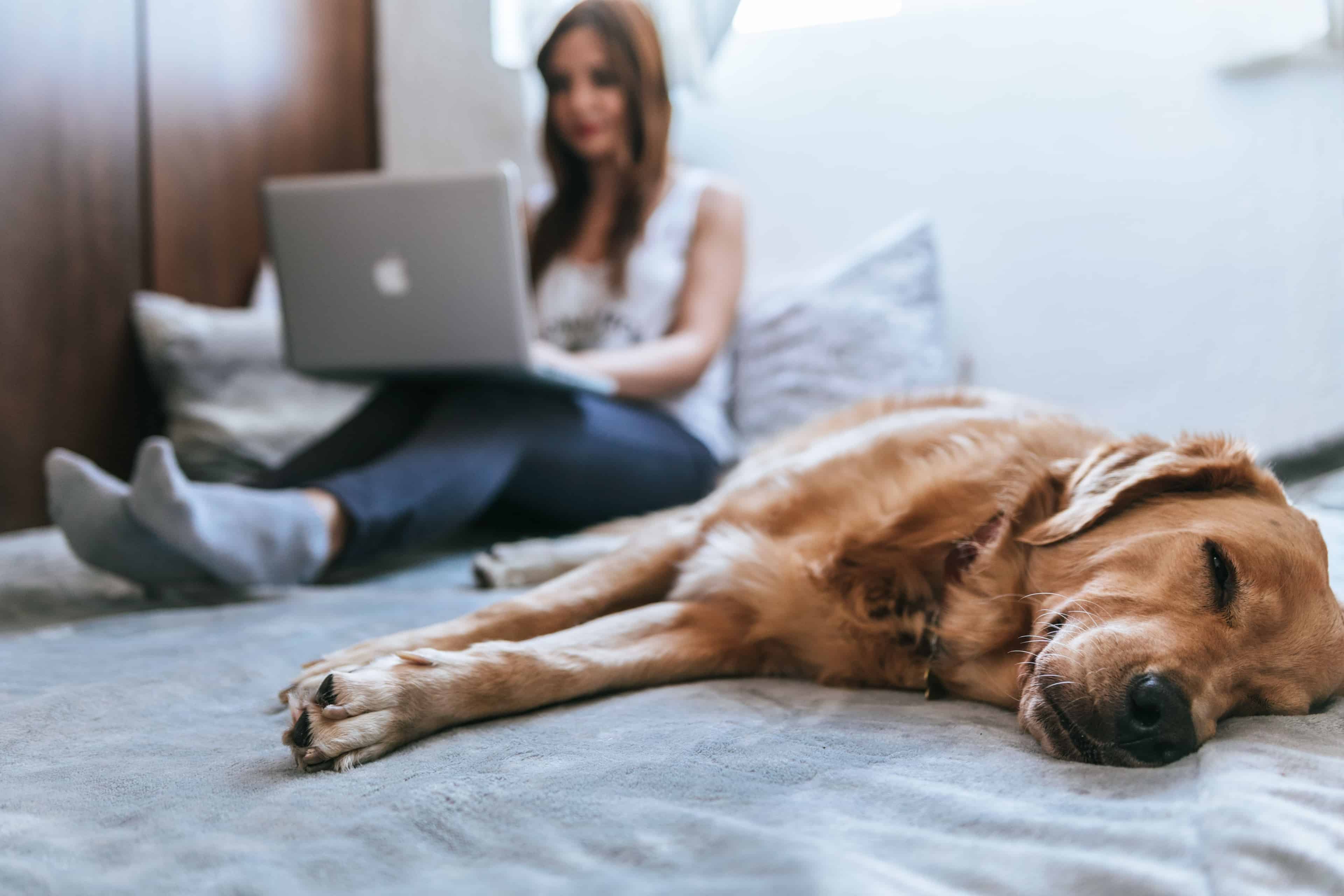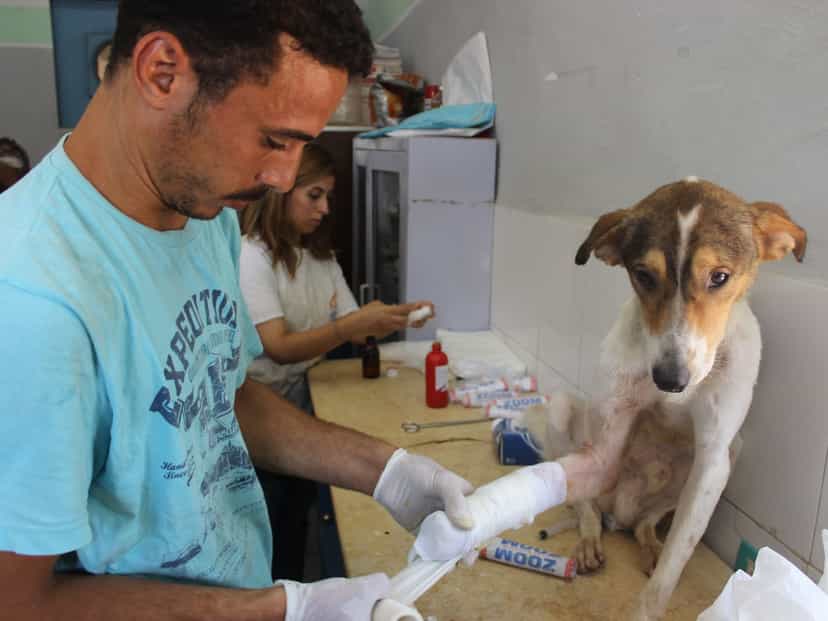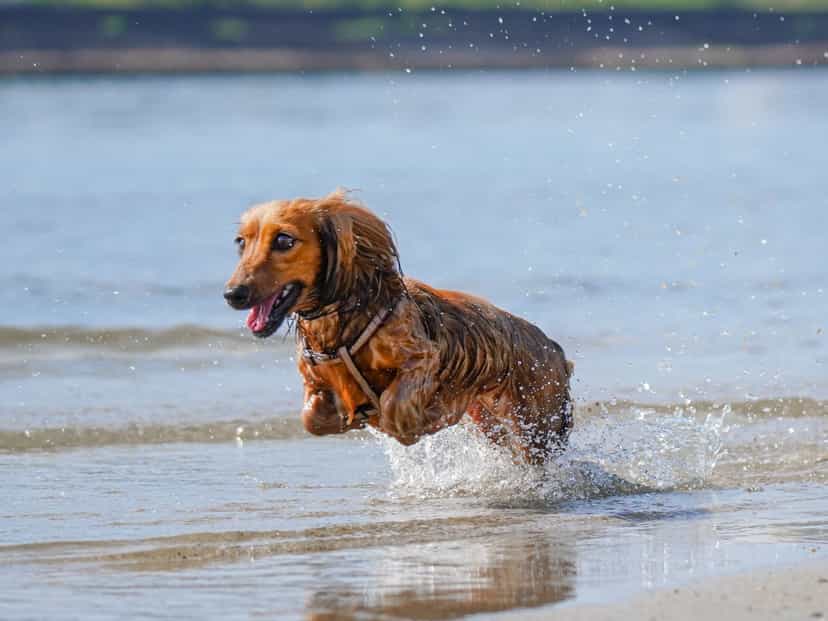
Easing your dogs out of lockdown – tips on how to avoid separation anxiety
Returning to work after lockdown could be a shock for your dog who loved having you around.
Heather Lucas
Franchise Partner
Most dogs love having their owners around, with all the extra attention and treats that comes with it. The coronavirus lockdown has been like Christmas for many dogs. With restrictions now easing and more people returning to work we have seen an increase in dogs suffering from separation anxiety, after they have become increasingly attached to us and find the change unsettling and confusing.
SO, WHAT CAN WE DO TO EASE THE TRANSITION FOR OUR DOGS?
Here are a few tips that may help.
- Get your dog used to short periods of time on their own. A stairgate can be really useful to get your dog used to some alone time, while you are still in the house. Leave them with a stuffed Kong, lickimat or sturdy chew toy to keep them amused and fend off the boredom. Gradually increase the amount of time that you leave them alone for. If they become distressed, then reduce the time again and gradually start to build it back up.
- Create a cosy and safe space that your dog can relax and feel safe in.
- Pretend to go to work. Get dressed in your work clothes, grab your keys and leave the house for a few minutes at a time, to get your dog used to you leaving the house again.
- Get other family members involved in looking after your dog, so that it is not always you that walks and feeds them every day. This will help to relieve their reliance on you.
- Consider calming products such as Zylkene or DAP, or medication in severely anxious dogs. Always discuss these options with your vet.
- Be patient and try to avoid negativity. Shouting at your dog for making a mess while you were out will not train this behaviour out of them – it is actually more likely to cause more anxiety in the future. Training should always be reward-based.
- Don’t make a fuss. Leaving and returning to the house should be done in a calm manner. Try to ignore them when you return home until they have calmed down, and then ask them to sit and greet them in a relaxed way.


